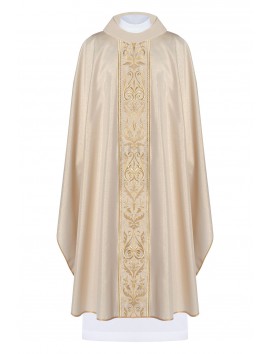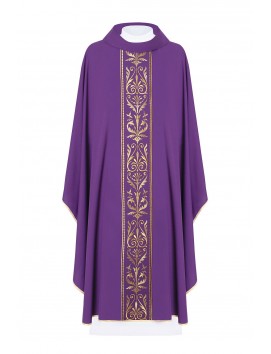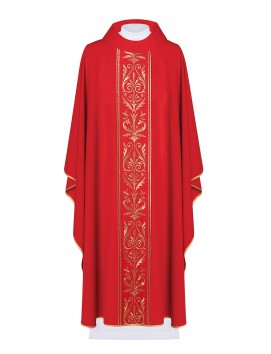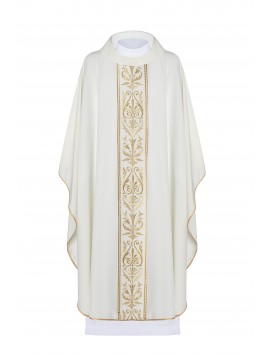During the celebration of Mass, the priest may at certain times throw water as a ritual act of purification and blessing. This water is called holy water, which is water that has been blessed by a priest or bishop for use in religious rites and ceremonies.
The priest may sprinkle holy water at the beginning of Mass as he enters the church, as a reminder of our baptism and as a symbol of cleansing from sin. The priest may also sprinkle holy water on the congregation during the penitential rite as a sign of repentance and a request for God's mercy.
.jpg)
Another common time for the priest to sprinkle holy water is during the asperges, a ritual act that takes place before Mass on Sundays and other special occasions. During the asperges, the priest or an altar server carries a vessel of holy water and sprinkles it on the congregation while singing the antiphon "Asperges me" ("Thou shalt sprinkle me").
Why does the priest mix water and wine?
During the celebration of the Eucharist, the priest pours a small amount of water into the wine before the consecration. This ritual act of mixing water and wine is known as the "fraction rite" and has both symbolic and practical significance.
The mixing of water and wine during the fraction rite symbolizes the unity of Christ's humanity and divinity. The wine represents Christ's divine nature, while the water represents His human nature. By mixing the two, the priest acknowledges and celebrates the union of these two natures in Christ.
Practically speaking, adding water to the wine makes it easier to distribute the consecrated wine to the congregation, especially when many people are receiving communion.
The mixing of water and wine also has historical and biblical roots. In the early church, wine was often mixed with water before being served to prevent drunkenness and to purify the wine. In addition, water was often mixed with wine in the Old Testament as a symbol of joy and abundance.




















